How Demon Slayer is Animated? A Behind-the-Scenes Exploration
Discover the intricate process behind the stunning animation of Demon Slayer, exploring how Ufotable blends traditional techniques with modern innovations to bring this iconic anime to life. Click to learn more!
DEMON SLAYER
Anime Fever
8/15/20247 min read
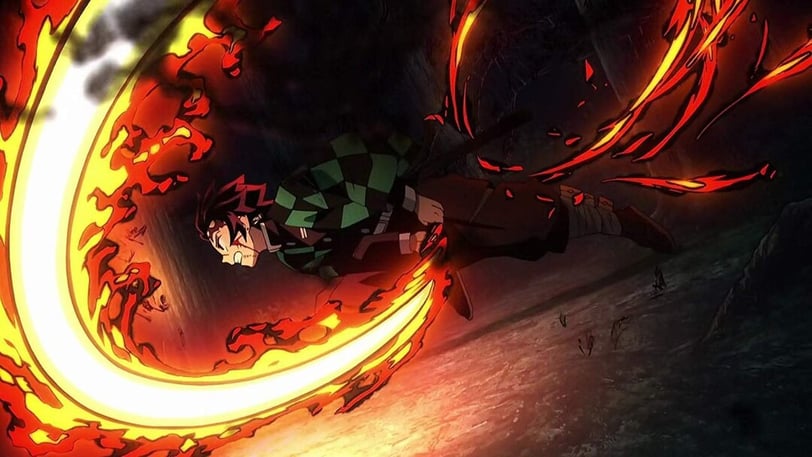

Demon Slayer: Kimetsu no Yaiba, created by Koyoharu Gotouge, has taken the anime world by storm, captivating audiences worldwide with its compelling story, rich characters, and, perhaps most notably, its breathtaking animation. Since its debut in 2019, Demon Slayer has been lauded for its stunning visuals that bring the fantastical world of Taisho-era Japan to life in a way that few anime have managed to achieve. But what exactly goes into creating the animation that has made Demon Slayer so iconic? This article will explore the intricate process of animating Demon Slayer, from concept to completion, and the innovative techniques used by the talented team at Ufotable, the studio behind the series.
The Foundation: Storyboarding and Layout
Every great animation begins with a solid foundation, and for Demon Slayer, this starts with the storyboarding process. Storyboards are essentially the blueprint of the episode, where the director and animators sketch out the key scenes and sequences, determining the pacing, camera angles, and overall flow of the narrative. This stage is crucial, as it sets the tone for the entire episode and ensures that everyone on the team is on the same page.
For Demon Slayer, the storyboarding process is highly detailed and collaborative. The director, Haruo Sotozaki, works closely with the animators to ensure that the vision for each episode aligns with the overall aesthetic and tone of the series. The storyboards are then used to create the layout, where the positioning of characters, backgrounds, and other elements are finalized. This step is vital in determining how the action will unfold on screen, allowing the animators to plan out each shot in meticulous detail.
Character Design and Key Animation


One of the most striking aspects of Demon Slayer is its character design, which stays true to the manga's original art while adding a level of polish and refinement that elevates the animation. Akira Matsushima, the character designer and chief animation director, plays a pivotal role in this process. Matsushima’s work involves taking the character designs from the manga and adapting them for animation, ensuring that they remain consistent and expressive across all episodes.
Once the character designs are finalized, the key animation phase begins. Key animators are responsible for drawing the pivotal frames of each movement, known as keyframes. These frames capture the essential poses and expressions of the characters, serving as the foundation for the rest of the animation. In Demon Slayer, the key animation is particularly noteworthy for its fluidity and attention to detail, which brings the characters to life in a dynamic and engaging way.
In-Between Animation and Cleanup


After the keyframes are completed, the in-between animators step in to fill the gaps between the keyframes, creating the smooth motion that defines high-quality animation. This process, known as in-betweening, is essential for maintaining the flow of the animation and ensuring that the characters' movements are seamless and natural.
The in-between animation is followed by the cleanup phase, where the rough sketches are refined, and the final line art is produced. This stage is critical for maintaining the visual consistency of the series, as it ensures that the characters and backgrounds look polished and cohesive.
Background Art: Bringing the World to Life


One of the most visually stunning aspects of Demon Slayer is its richly detailed background art, which plays a crucial role in immersing viewers in its fantastical world. The backgrounds in Demon Slayer are meticulously crafted, blending traditional Japanese art styles with modern digital techniques to create a unique and vibrant aesthetic.
The background art team at Ufotable uses a combination of hand-painted techniques and digital compositing to create the lush environments seen in the series. The use of color is particularly noteworthy, with the backgrounds often featuring a vivid and almost painterly quality that complements the action and enhances the overall mood of the scenes.
Special Effects and Digital Compositing
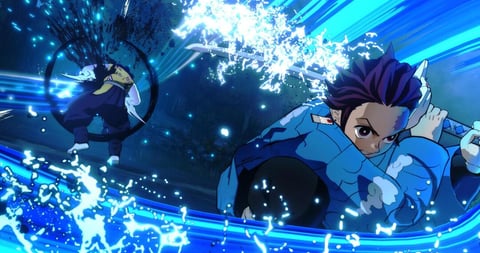

Demon Slayer's animation is also renowned for its stunning special effects, which add an extra layer of visual flair to the series. From the intricate water effects of Tanjiro's Water Breathing techniques to the fiery explosions of Rengoku's Flame Breathing, the special effects in Demon Slayer are a testament to the skill and creativity of Ufotable's animation team.
These effects are achieved through a combination of traditional animation techniques and digital compositing. The animators first create the base effects using hand-drawn techniques, which are then enhanced and refined through digital tools. This blend of traditional and modern methods allows Ufotable to create effects that are both visually striking and seamlessly integrated into the overall animation.
Digital compositing also plays a crucial role in the animation process, as it involves combining the various elements of each scene—such as characters, backgrounds, and special effects—into a cohesive whole. This stage requires a keen eye for detail and a deep understanding of color theory and lighting, as the compositors work to ensure that each scene looks visually balanced and harmonious.
The Role of CGI in Demon Slayer
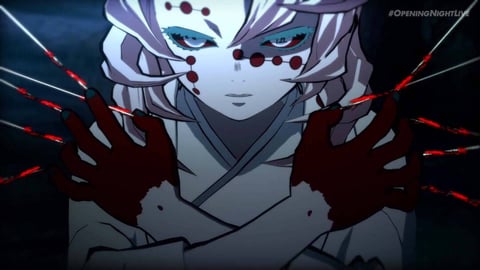

While Demon Slayer is primarily known for its traditional animation techniques, it also makes use of computer-generated imagery (CGI) to enhance certain scenes and effects. Ufotable is known for its expertise in blending CGI with traditional animation, and Demon Slayer is no exception.
CGI is used in Demon Slayer to create complex 3D environments and objects that would be difficult to animate by hand. For example, the intricate, spinning designs of some of the demons' attacks, such as Rui's threads, are rendered using CGI, allowing for a level of precision and fluidity that enhances the intensity of the battle scenes. The CGI elements are carefully integrated with the hand-drawn animation to ensure that they blend seamlessly, contributing to the overall visual cohesiveness of the series.
The Sound of Animation: Music and Voice Acting
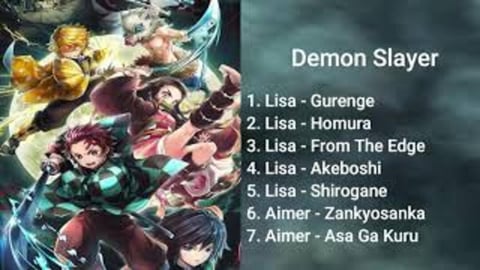

While animation is primarily a visual medium, sound plays an equally important role in bringing the world of Demon Slayer to life. The music, composed by Yuki Kajiura and Go Shiina, is integral to the series' atmosphere, enhancing the emotional impact of the scenes and elevating the intensity of the battles. The score blends traditional Japanese instruments with modern orchestration, creating a soundscape that is both epic and deeply evocative.
Voice acting is another crucial component of the animation process. The voice actors in Demon Slayer deliver powerful performances that bring depth and nuance to their characters. The timing and delivery of the voice acting are carefully synchronized with the animation, ensuring that the characters' expressions and movements match the emotional tone of their dialogue.
The Challenges of Animating Action Sequences
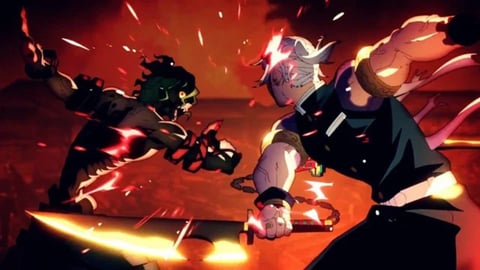

One of the hallmarks of Demon Slayer is its intense and beautifully choreographed action sequences. Animating these scenes presents a unique set of challenges, as the animators must balance the need for fluid motion with the need to convey the power and impact of the characters' attacks.
To achieve this, the animators at Ufotable employ a combination of dynamic camera angles, fast-paced editing, and meticulous attention to detail. The action sequences are often storyboarded and choreographed like a dance, with each movement carefully planned out to maximize its visual impact. The use of slow-motion and close-up shots further enhances the intensity of the battles, allowing viewers to appreciate the intricate details of the animation.
Innovative Techniques: The Use of Rotating Cameras
One of the most innovative techniques used in Demon Slayer is the use of rotating camera shots, which create a sense of fluidity and motion that is rarely seen in traditional animation. This technique is used to great effect in many of the series' action sequences, where the camera seems to spin and rotate around the characters as they move, creating a dynamic and immersive viewing experience.
The rotating camera shots are achieved through a combination of 2D animation and 3D CGI, with the 3D elements providing the necessary depth and perspective for the camera movements. This technique requires a high level of technical expertise and precision, as the animators must ensure that the 2D and 3D elements are perfectly aligned to create a seamless effect.
The Impact of Demon Slayer's Animation on the Industry
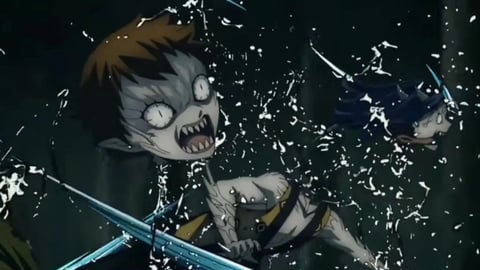

Demon Slayer's animation has set a new standard for quality in the anime industry, and its influence can be seen in the work of other studios and animators. The series' success has demonstrated the importance of investing in high-quality animation, as it has shown that stunning visuals can elevate a series and attract a global audience.
The innovative techniques used in Demon Slayer, such as the rotating camera shots and the seamless integration of CGI, have also inspired other animators to push the boundaries of what is possible in 2D animation. As a result, the series has had a significant impact on the industry, encouraging other studios to experiment with new techniques and technologies.
Conclusion
The animation of Demon Slayer is a testament to the skill, creativity, and dedication of the team at Ufotable. From the meticulously crafted character designs to the breathtaking action sequences, every aspect of the animation is carefully considered and expertly executed. The result is a series that is not only visually stunning but also deeply immersive, drawing viewers into its world and leaving a lasting impression.
The success of Demon Slayer is a reminder of the power of animation as an art form. Through its innovative techniques and attention to detail, the series has set a new standard for quality in the anime industry and has inspired a new generation of animators to explore the possibilities of their craft. As Demon Slayer continues to captivate audiences around the world, it is clear that its animation will remain a defining feature of the series and a benchmark for future productions.
In conclusion, the animation of Demon Slayer is a masterclass in the art of bringing stories to life. It is a perfect blend of traditional techniques and modern innovations, resulting in a series that is as visually stunning as it is emotionally resonant. As the anime industry continues to evolve, the influence of Demon Slayer's animation will undoubtedly be felt for years to come.
